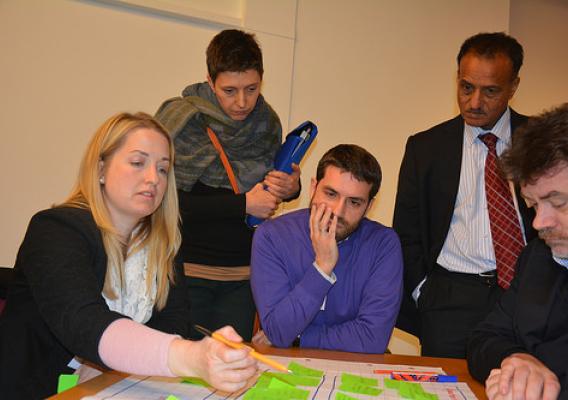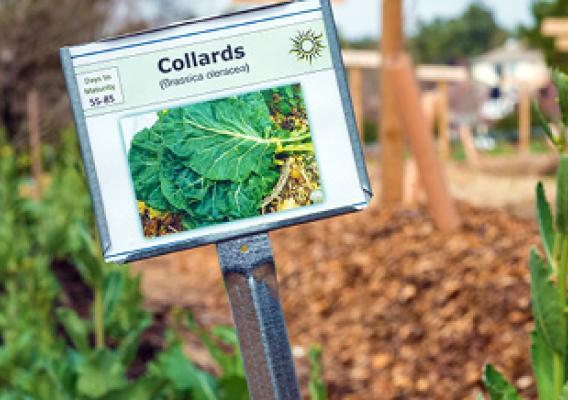On Jan. 14, 2014, nearly 400 people participated in the second annual “Safety Datapalooza” at USDA headquarters. The event, hosted by the White House’s Office of Science and Technology Policy and Office of Public Engagement, U.S. Department of Transportation and USDA, recognized innovators from the private, nonprofit and academic sectors who have freely used available government data to build products, services and apps that advance public safety in creative and powerful ways.
During a breakout session, Christopher Alvares, Director of FSIS’ Data Analysis and Integration Staff, explained the agency’s recently released Salmonella Action Plan and testing programs aimed at reducing the number of illnesses associated with FSIS-regulated products using new standards, strategies and innovation. “FSIS produces regular reports on Salmonella contamination in regulated product, but the data had never been available in machine-readable format or in a single place,” said Alvares. Up until now, this data had been available only from report to report spanning many years. Today, this data is available as one source and in one place.


